We decided to set ourselves a big challenge: try to answer all the questions you have about incense!
Here are the different topics covered in this article:
1. What is incense? In the introduction, you will discover the history and origins of incense. Then, we will list all the types of incense that exist today. We will see where they come from and how they are made.
2. Is incense good or bad for your health? In this part, we will tell you everything about the known benefits and dangers of incense, without compromise. We will also explain how to use it safely.
3. Questions and answers about incense. To conclude, we will answer all the most common questions asked by consumers about incense. Here you will find many tips that will help you choose your incense.
Reading time: approximately 3 to 5 minutes.
1. What is incense?
1.1 History and origins of incense
The word incense comes from the Latin incensum and designates all substances intended to be burned or heated in order to diffuse a pleasant odor. The scientific community agrees that incense fumigations were the first perfumes developed by humanity.
The oldest incense in the world is believed to be Kyphi, which dates back to ancient Egypt and was made with fragrant reed, lemongrass, mint, and a few other ingredients imported from Arabia.
Later, incense made the fortune of several Arab kingdoms which exported their aromatic resins (olibanum, myrrh, styrax, etc.) throughout the known world, thanks to the famous incense routes.
1.2 What are the different types of incense?
Incense can come in different forms which can be divided into two categories: unshaped incense and shaped incense.
Unprocessed incenses are made up of natural materials left in their raw state, for example:
- vegetable resins and vegetable resin powders
- pieces of wood or wood powder
- spices whole or ground into powder
- dried aromatic plants, whole or ground into powder
- mixtures of the different powders mentioned above
- Native American fumigation sticks (made of dried aromatic plants tied together)
Unshaped incense must be burned using a cube of hot coal (or an electric burner) to release its fragrance, except for the fumigation stick which simply ignite then allow to burn.
Here are some examples of unshaped incense:
Shaped incense are more or less transformed versions of incense, including:
- incense sticks
- incense cones
- incense balls or “smudge bombs”
- strings of incense
- incense spirals
- incense papers, like Armenian paper
- and pressed incense, or incense bricks
Typically, shaped incenses are designed to be used quickly, without the need for burning coal.
Simply ignite the end of the used incense, let it burn for a few seconds, then blow on the flame to extinguish it. The incense thus ignited will then burn slowly, releasing its scents.
Below, some examples of shaped incense:
1.3 How is incense produced?
Let us distinguish, here too, between unshaped incense and shaped incense.
Since unfabricated incense is only made from natural materials in its raw state, the only manufacturing step is to collect the substance. These processes differ depending on the substance collected:
- Aromatic resins such as myrrh or frankincense are collected by incisions made on shrubs of the Burseraceae family, native to the south of the Arabian Peninsula. The resin exudes from the incision then gradually solidifies on contact with air.
- Other unshaped incenses (wood, spices, aromatic plants) are simply taken from the tree or plant then dried. A part of the harvest is reduced to powder to meet the demand of consumers who prefer this version, and for the manufacture of shaped incense.
Shaped incenses are therefore mainly made with incense powders obtained by grinding and mixing wood, spices and aromatic plants. Other ingredients are added during manufacturing and can be classified into 3 categories:
- agglomerates: these ingredients give the incense its compactness. This could be, for example, honey, molasses or fruit preserves.
- fuels: make it easier to burn incense. It is most often coal or saltpeter. The stem of the incense stick also serves as fuel. It is generally made of bamboo, sandalwood or palo santo.
- added perfumes: some manufacturers sometimes add perfumes to the composition of their incense, in order to strengthen the scents. These perfumes are most of the time of natural origin (essential oils). But unfortunately, some poor quality incense contains synthetic perfumes (never in our store).
Quality incenses are handcrafted using exclusively natural ingredients.
The incense powder is mixed with the other ingredients according to particular know-how (which each manufacturer keeps secret), then comes the pressing and rolling stage which gives its final shape to the incense: stick, cone, ball , or brick...
1.4 Which country does incense come from?
Let us return briefly to this point. We saw previously that the oldest incense in the world was invented more than 5000 years ago. It comes from Egypt and is called Kyphi.
Then, until the end of the Middle Ages, it was the kingdoms of the Arabian peninsula which became the largest exporters of incense, a precious commodity which sometimes sold for more than gold! A significant portion of aromatic resins is still produced in this region today, but few other varieties of incense.
Nowadays, incense production is globalized. The most qualitative productions come from the following countries:
- Japan is known for producing very fine incense, producing very little smoke.
- India has become the world's leading producer of natural incense, notably through the exploitation of sandalwood (a local tree whose wood is fragrant). Indian manufacturers have considerably diversified their incense production by creating a multitude of varied scents to meet consumer curiosity.
- Tibet and Nepal produce high quality natural incense, made using ancestral artisanal methods. Their products are rarely exported to Europe where consumers prefer Indian products more.
- France and Italy are the two main European incense producers. There you can find high-quality products, often sold by luxury specialist companies.
- Some South American countries, such as Peru and Argentina, have begun to export Palo Santo wood. Then, they diversified with sage-based incense. The Argentine brand Sagrada Madre now markets a complete range of Premium quality incense.
There are other, more confidential incense producing countries. We have only listed here the most important and recognized ones. Below, we present iconic incenses from these countries:
2. Is Frankincense good or bad for your health?
Now that we know precisely what incense is, where it comes from, and how it is made, let's focus on a question that regularly comes up when we talk about incense.
Is incense good or bad for your health? Is incense toxic?
As is often the case, the answer to this question is not so simple. To answer yes or no would be hasty and incomplete. So we will first see what the benefits of incense are, before examining why it can be harmful.
2.1 What are the benefits of incense?
Since the invention of incense by the Egyptians, more than 5000 years ago, men have never stopped using it. Many civilizations, on several continents, have been burning incense for millennia, during ritual and spiritual practices, or simply to amplify the feeling of well-being.
- In ancient Egypt, the word "incense" had a divine origin. Incense was used to worship the gods, who were thought to worship the smell.
- Later, in Greece, doctors recommended burning incense to combat illness and fever.
- For centuries, in Yemen, incense has been considered a remedy against asthma and stress.
- In the Bible, incense has considerable importance. Gaspard offers incense to the child Jesus to honor him with what is most precious and useful to preserve his body and his spirit, while glorifying his divine nature.
Through these few examples chosen at random among many others, we observe that in history, incense has conquered peoples, who granted it a dimension that was both medicinal (benefits on the physical body), and spiritual ( connection with the divine world).
Even today, the recognized benefits of incense are of the same order. Let's look at this in more detail.
The physiological benefits of incense
Recognized disciplines such as aromachology, aromatherapy and olfactotherapy have established that certain odors have beneficial effects on health and behavior.
The benefits observed are multiple and vary depending on the aromatic compounds included in the composition of the incense:
- Certain varieties of incense promote a state of intense relaxation, a feeling of well-being, and a reduction in the stress felt.
- Others give a feeling of vitality, are conducive to concentration, or creativity.
- Incense sometimes also inherits antiseptic or repellent (anti-mosquito) properties from a plant used in its composition.
It is therefore interesting to choose your incense taking into account the benefits of the natural ingredients it contains. That said, its primary use is of course to deodorize and pleasantly perfume the ambient air of a living space, while providing a pleasant moment.
The psychic and spiritual benefits of incense
Even today, many spiritual practices including the use of incense and often inherited from ancient times, are perpetuated by people seeking protection, guidance or answers to life's existential questions.
Native American fumigation rituals, in particular, are experiencing considerable growth and are used during purification rites intended to drive out negative energies from a place or person. The same gestures have been reproduced for centuries, with the same incenses: Palo Santo and white sage.
Many other beliefs and superstitions around the use of incense remain alive and well: certain incense is said to facilitate connection with the divine world; others would bring luck and happiness, or ward off the evil eye; some varieties would have the power to raise our spiritual level of consciousness...
We will discuss these beliefs in more detail later in the article. Let us just make this observation here: incense helps many people in their quest for mental and psychological well-being. Below, some assortments of incense specially selected for their physiological, psychological or spiritual properties:
We have just seen that the use of incense offers real benefits on the physiological and psychological levels. But unfortunately, if it is of poor quality or used incorrectly, incense can also have harmful effects.
2.2 What are the dangers of incense?
The main danger of incense lies in the toxicity of the smoke emitted during its combustion.
The level of smoke toxicity varies greatly depending on the quality of the incense burned. Here are the two main recommendations to follow to protect yourself from the toxicity of incense smoke:
- Always burn natural incense, and ban incense containing synthetic perfumes. Low-quality incense contains synthetic fragrances that release significant amounts of volatile organic compounds (VOCs) into the air. It's these chemical elements, like formaldehyde. In case of prolonged exposure, they can be dangerous to health, and even carcinogenic. The use of quality natural incense makes it possible to limit the quantity of VOCs released, and therefore pollution of the ambient air.
- Always ventilate the room in which incense is burned. Even if it is quality natural incense, combustion necessarily results in the production of smoke. Smoke always contains particles to which one should not be exposed for prolonged periods, even if they are compounds naturally present in the air such as carbon monoxide (CO) or carbon dioxide (CO2). Opening a window and letting fresh air into your home should therefore be a reflex when using burning incense.
By following these two recommendations, you know that you are using incense correctly and that you are protecting yourself from its potential harmful effects on health.
Also remember to follow the other basic instructions indicated on the packaging:
- do not ingest,
- keep out of reach of children,
- do not inhale smoke directly.
Before concluding this chapter, here are the questions that arise most often about the dangers of incense:
Is incense smoke toxic?
Yes, incense smoke is toxic if you inhale it directly, and even more so if it is low quality incense containing chemicals. For your health, only burn natural incense, and only in a properly ventilated room.
Is it good to breathe incense smoke?
No, you should never breathe or directly inhale incense smoke, even if it is high quality natural incense.
Which incense is non-toxic?
If used correctly, in a well-ventilated room, natural incense is not toxic because it does not contain synthetic fragrances. Always get your incense from a merchant who specializes in natural incense, such as Coco Papaya. Always carefully follow the instructions for use.
What is the most natural incense?
Technically, all so-called natural incenses are 100% natural, which means that 100% of the ingredients used in their composition are natural products. So there is no real winner in the “most natural incense” competition.
However, purists generally consider that the most natural incense is the one that has been the least processed. We will therefore cite, for example, Palo Santo in sticks, sage in bulk, and aromatic resins in crystals.
How do you know if incense is natural?
Incense manufacturers must meet standards in order to put their product on sale on the European market. They are subject to regular checks. The mention "natural incense" on the packaging is reserved for incense containing no ingredient of chemical or synthetic origin.
Which incense is good for your health?
There is no winner here either. If used correctly, natural incenses offer varying benefits depending on the ingredients they contain. Your specialist trader will always be able to recommend an incense suited to your needs.
Is incense dangerous for dogs and cats?
The same recommendations for using incense apply in the presence of our animal friends: always burn 100% natural incense, and always in a well-ventilated room.
Under these conditions, their health is not endangered. Note, however, that due to their highly developed sense of smell, dogs can be disturbed by the smell of incense.
If I burn incense in a ventilated room, the smell does not remain?
It's wrong. It is essential to always burn incense in a well-ventilated room. When you ventilate the room, smoke comes out. But the aromas remain and you perceive the scent of incense with the same intensity as if you had burned it in a sealed room.
Below is a selection of incense holders allowing you to burn different types of shaped or unshaped incense in complete safety:
3. Questions/answers about incense
Here we take up the questions that are most often asked about incense.
What is the best brand of incense?
Customers often ask what the best brand of incense is, and this is a very difficult question to answer. There is probably no single brand of incense that can be considered universally the best. It all depends on the type of incense you are looking for.
If you are looking for fine fragrances, we recommend the Japanese brand Morning Star Nippon Kodo. The incenses of this brand produce very little smoke, and diffuse elegant and delicate scents.
If you are looking for aromatic power, then Indian brands are made for you: HEM, Satya, Goloka and Padmini are the reference brands for Indian natural incense.
And for the best compromise between finesse and power, we recommend the premium brand Sagrada Madre.
Here are some products from these essential brands:
What is the most powerful incense?
The incenses with the most intense scents are natural Indian incenses. The following varieties are among the most aromatic:
- Benzoin
- Opium
- Dragon's Blood
- Yagra
- Super Hit (a legendary incense from the Indian brand Satya)
The most powerful incenses, and therefore the most used for purification rituals, are:
- California white sage
- the Palo Santo
- benzoin
Here is a selection of some of the most aromatically powerful incense:
What is the best-selling incense in the world?
The best-selling incense in the world is a masala called Nag Champa. Explanations:
- A masala is a type of incense made using a traditional method originating from India. The word "masala" means "mixture of spices" in Hindi, which aptly describes the nature of this incense. Masala incenses are prized for their slow burning and long-lasting fragrance, which can fill an entire room with an enchanting and calming atmosphere. They are often used in spiritual practices, meditation, relaxation and to scent the air in homes and temples.
- Nag Champa is the Hindi name given to a particular flower: champak (scientific name: Michelia champaca). The scent of this flower is so appreciated in India that it has been used to describe incense prepared with champak as the main ingredient.
- Nag Champa incense is therefore a masala containing in particular champak flower, but also other ingredients such as sandalwood, aromatic resins and spices.
Nag Champa incense owes its global success to its rich and complex fragrance, which combines woody, floral and spicy notes with sweet and earthy touches.
Many Indian brands manufacture Nag Champa incense, but the most sold in the world is that of the Satya Saï Baba brand. It is easily recognizable by its blue, white and red box. We offer it to you below, also with the excellent Nag Champa from the Goloka brand (yellow boxes):
Incense in cones or sticks, which to choose?
For small rooms less than 15 square meters, it is advisable to use incense sticks.
For larger rooms, the cones will be more effective because they diffuse their scent more intensely.
Purists prefer cones, incense bricks, or unshaped incense because the scent of the incense is then not modified by the burning of the rod (unlike incense sticks). Having understood this problem, some manufacturers such as Sagrada Madre have replaced the bamboo stem of their incense sticks with a Palo Santo wooden stem, which pleasantly contributes to the scent diffused.
Which incense brings good luck?
Incenses such as benzoin, copal and frankincense are known to attract good luck and prosperity. Incense makers have also created new varieties formulated with lucky ingredients, as you can see below:
What incense keeps the evil eye away?
Purification incenses, such as benzoin, sage, or Palo Santo, repel all forms of negative energies, such as the evil eye. Furthermore, incense creators have developed new varieties specially designed for purification rituals. Here are some incenses you can use to ward off the evil eye:
Which incense to purify the house?
To purify the house of negative energies, use benzoin, white sage, Palo Santo, or incense specially designed for this purpose.
To purify the ambient air in the house and destroy microbes, the best solution is to ventilate by opening a window for about 10 minutes.
For a fresh, clean feeling in the home, eucalyptus, camphor, or sandalwood incense are excellent choices.
The assortments below contain varieties of purifying incense in terms of energy and ambient air:
Which incense to practice a ritual?
The most commonly performed ritual with incense is the purification ritual. It is generally practiced with benzoin (Christian tradition), white sage or Palo Santo (Native American tradition).
Other rituals are also practiced with incense. These rituals are often inspired by Feng Shui, Ayurveda, or esoteric practices. There are incenses specially designed for these different rituals, as shown in the examples below:
What incense to use against stress?
There are incense specially prepared to reduce the stress felt. These incenses are formulated with ingredients with recognized properties such as lavender, frankincense or sandalwood. Find below a selection of incense that help reduce the feeling of stress:
What incense to use against bad odors?
"Anti-Tobacco" incense is very effective in neutralizing cold tobacco odors, but also other bad odors in the house (cooking, musty odors, etc.).
Other scents recommended for deodorizing ambient air are: lavender, eucalyptus, camphor, and sandalwood. Here are some effective incenses to eliminate unpleasant odors:
What incense should I use against mosquitoes?
The most effective incense for repelling mosquitoes and other insects (flies, wasps, etc.) is undoubtedly lemongrass incense. Here is a lemongrass incense that will keep insects away, both indoors and outdoors in calm weather:
What incense is used in churches?
Several varieties of incense are used in churches.
These incenses are generally formulated with sacred resins such as benzoin, myrrh and frankincense, but other natural ingredients can also be used in their composition.
Below is a selection of incense traditionally used in churches:
Why do we say that we must burn 3 sticks of incense?
This tradition comes to us from Buddhism, where the number 3 represents the 3 jewels:
- Buddha, the prophet;
- Dharma, its teaching;
- And Sangha, the spiritual community.
Traditionally, Buddhists therefore simultaneously light a stick of incense for each of these three jewels.
Examples of incense commonly used in the Buddhist tradition include:
When to light incense?
When to light incense? Any hour of the day can be a good time to light incense. Some examples :
- When you need a moment of well-being or relaxation, such as after a day of work.
- When you practice an activity that requires immersing yourself in a calm environment, such as yoga or meditation.
- During spiritual or esoteric practices such as clairvoyance and dowsing.
So you can light incense whenever you feel like it. But remember: lit incense must always remain under the supervision of an adult, and burn in a well-ventilated room.
Where to put your incense?
This question regularly asked on the internet and social networks can be interpreted in different ways. Here are the answers :
- Storage: incense will keep for approximately 2 to 3 years after purchase if stored in good conditions (protected from light, humidity and heat). After this time, it can still be consumed, but its scent will probably fade. The incense boxes also smell very good and diffuse their fragrance continuously. You can take the opportunity to store them in your drawers and cupboards which will then have a pleasant, lasting scent!
- Use: it is very important to burn your incense on a suitable incense holder, in order to avoid any risk of fire. There are incense holders suitable for incense sticks and cones, but also for fumigation sticks. Do not leave any flammable material near a lit incense. Never leave burning incense without adult supervision. Handle your incense with care when it is lit.
How to use an incense fountain?
You will need backflow (or backflow) incense cones: "classic" incense cones do not produce the "smoke cascade" effect, even if used on an incense fountain, because they are designed to allow smoke to escape upwards.
Other important information: even with reflux incense cones, the “smoke cascade” effect is not immediate. You have to wait a few minutes.
Manual :
- Hold a backflow incense cone between your fingers, tip of the cone facing up (your fingers hold the base of the cone).
- Light the tip of the cone with a lighter or match. She
- Let the flame burn for a minimum of 30 to 40 seconds, no less. Then blow it out. The incense cone then begins to emit smoke.
Place the incense cone on your incense fountain, in the place provided for this purpose. You still have to wait 2 to 3 minutes before the "smoke cascade" effect begins, this is completely normal. - The “smoke cascade” begins when approximately a third of the incense cone has been consumed. It lasts for approximately 15 minutes. Enjoy the show and the scent!

What are the best alternatives to incense?
Incense remains and always will be incense. No other room fragrance can recreate exactly the same sensations.
But, there are other room fragrances which offer characteristics comparable to those of incense, namely:
- ease and speed of use
- the aromatic intensity and persistence of the scents diffused
- artisanal manufacturing, with natural ingredients
- the diversity of scents available
It is possible to find most of these characteristics by using melts scented with vegetable wax, or essential oils to diffuse.
These are the two most credible alternatives to incense. Find below a selection of room fragrances that you can use as an alternative to incense:
Conclusion
We hope that this article has helped you find all the answers you were wondering about incense!
Is information missing, or seems incorrect to you? Need advice? Please feel free to post a comment below and we will respond promptly.
You understand: we would like this blog article about incense to become an open space for discussion without preconceptions.
See you soon !
The Coco Papaya team









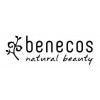




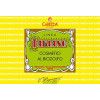



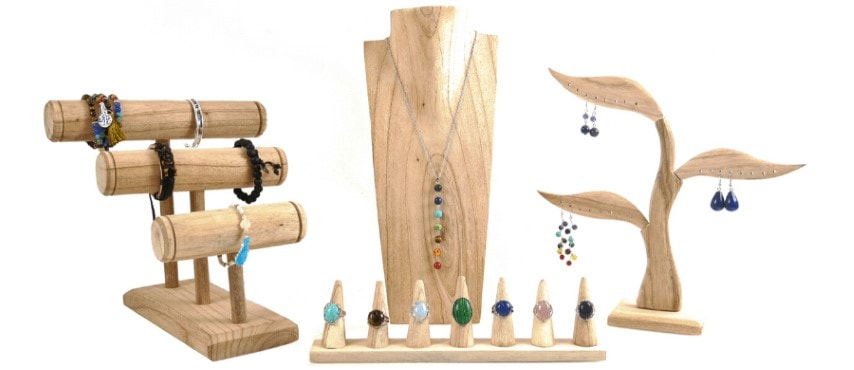
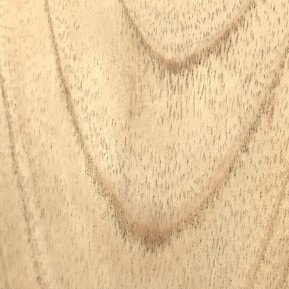
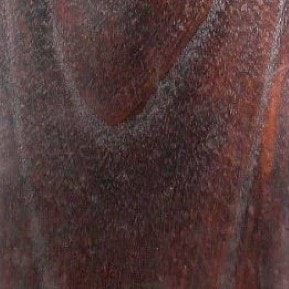
.JPG)
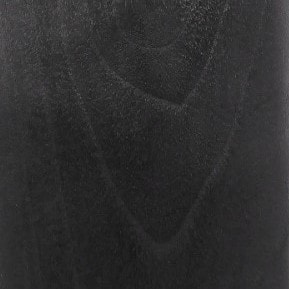
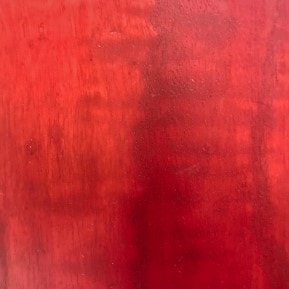
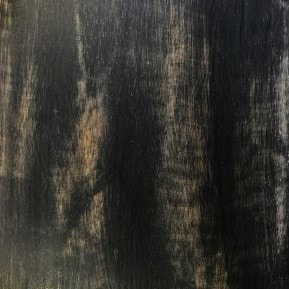


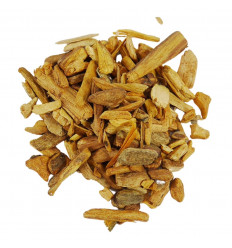



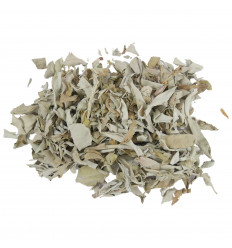

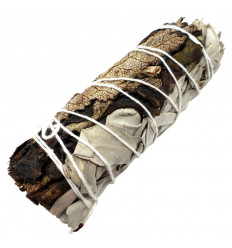
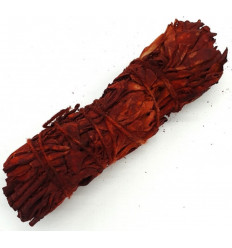




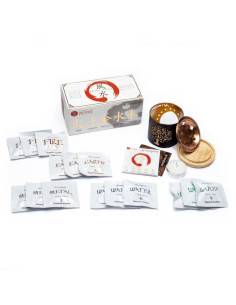

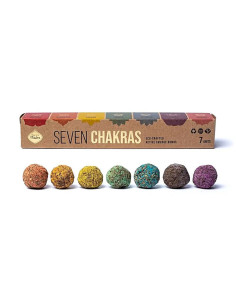

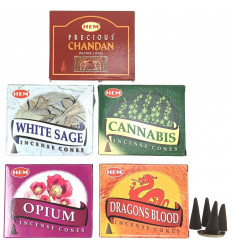

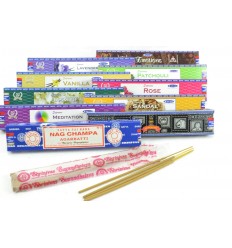

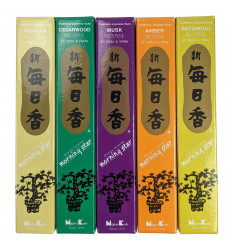

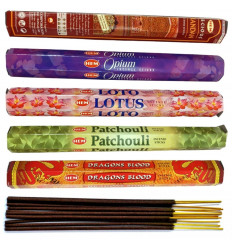





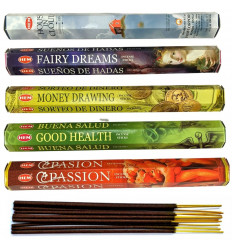

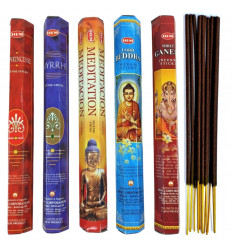



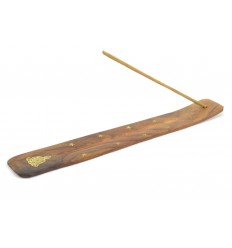

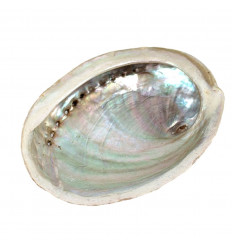



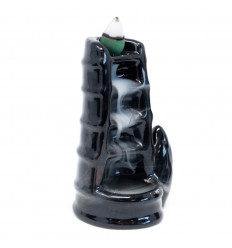



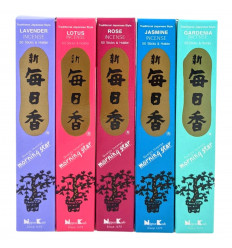







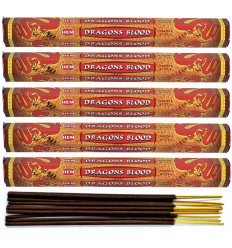

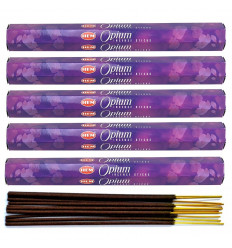





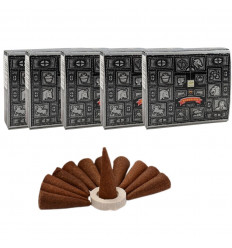





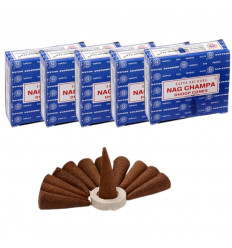

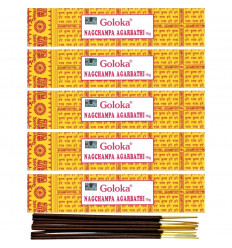

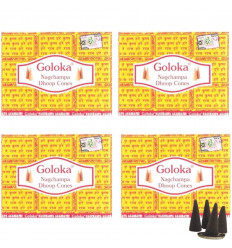









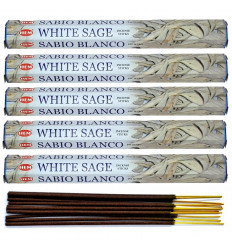



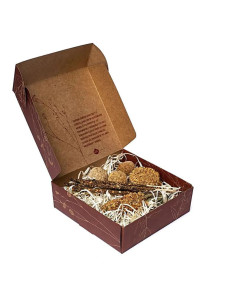







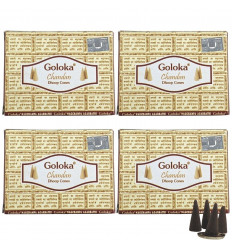

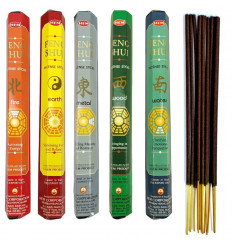

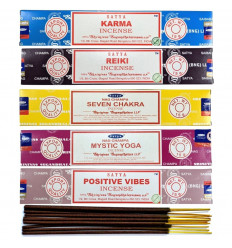





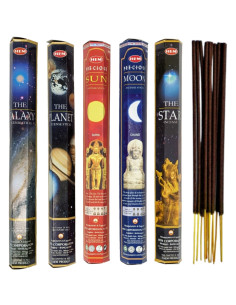

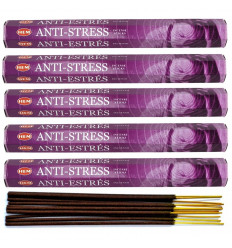

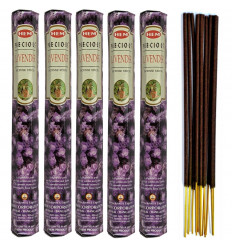

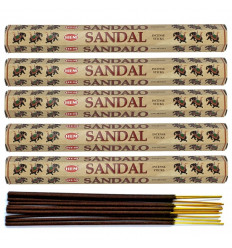

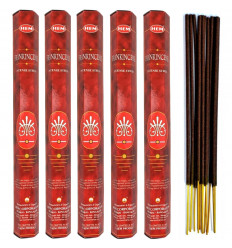

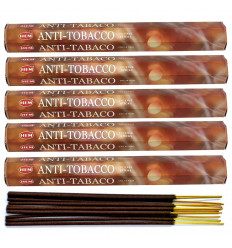









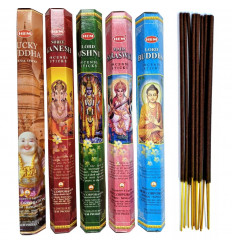



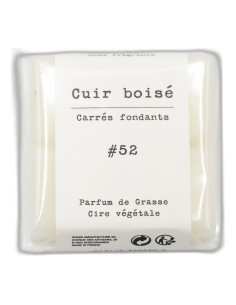



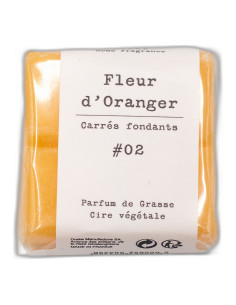





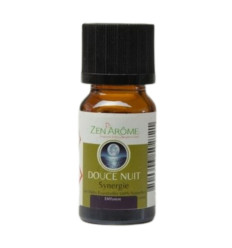

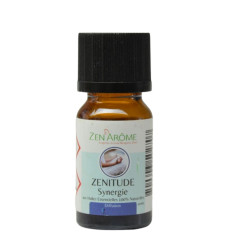

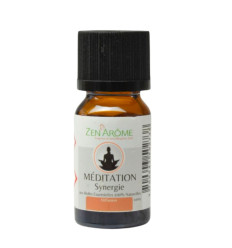



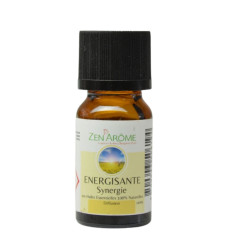
Comments (0)